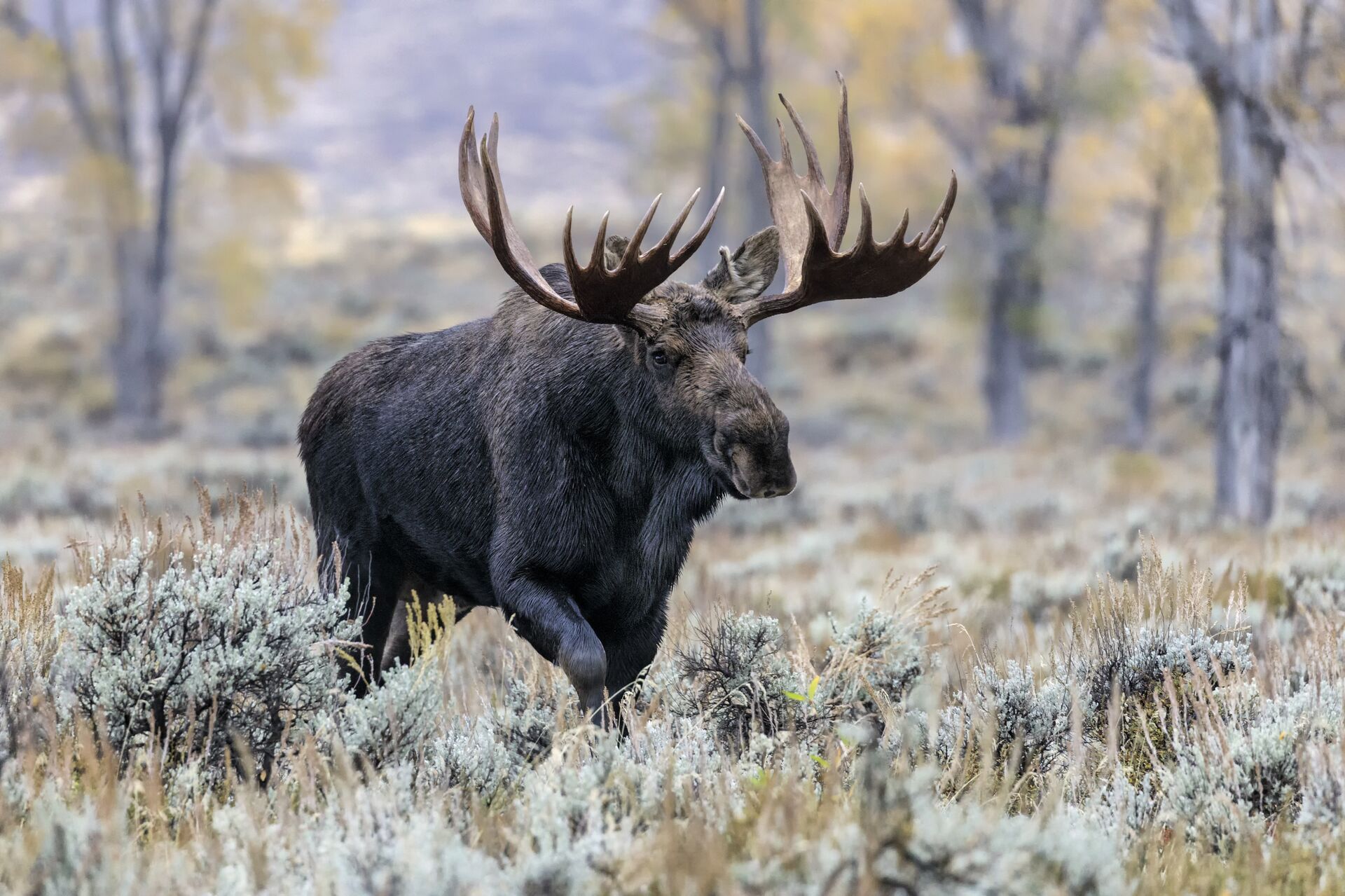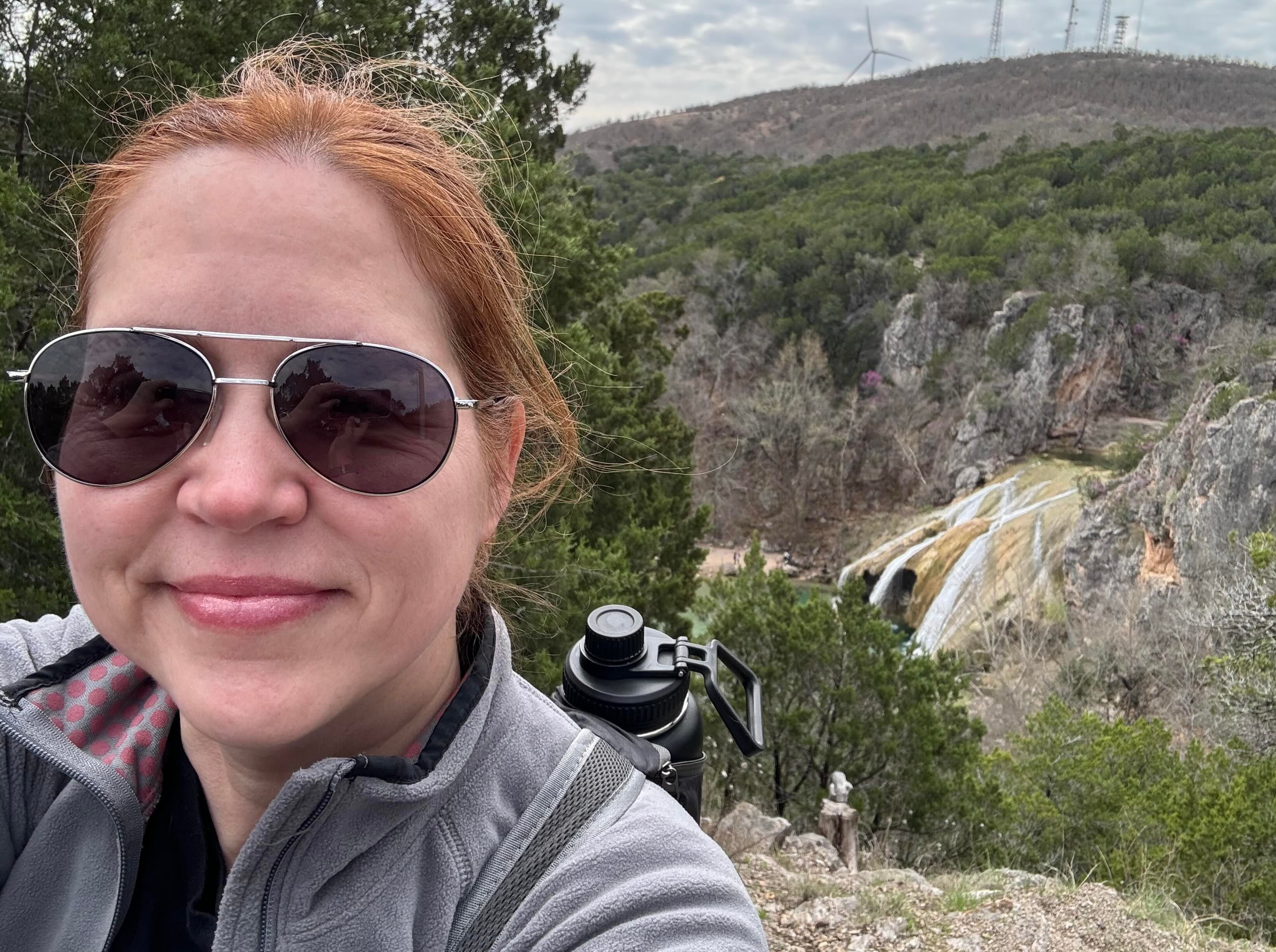Success means quality game meat that will feed a family for a sustainable and healthy future, plus an invaluable trophy representing everything you put into that hunt.
Are you considering a moose hunt? Even if you've never thought it could be a reality for you, we hope you'll keep reading.
This blog highlights the differences between the Alaskan and Eastern Moose species, their features, hunting challenges, preparation strategies, and more to ensure you're ready for your next moose hunt.
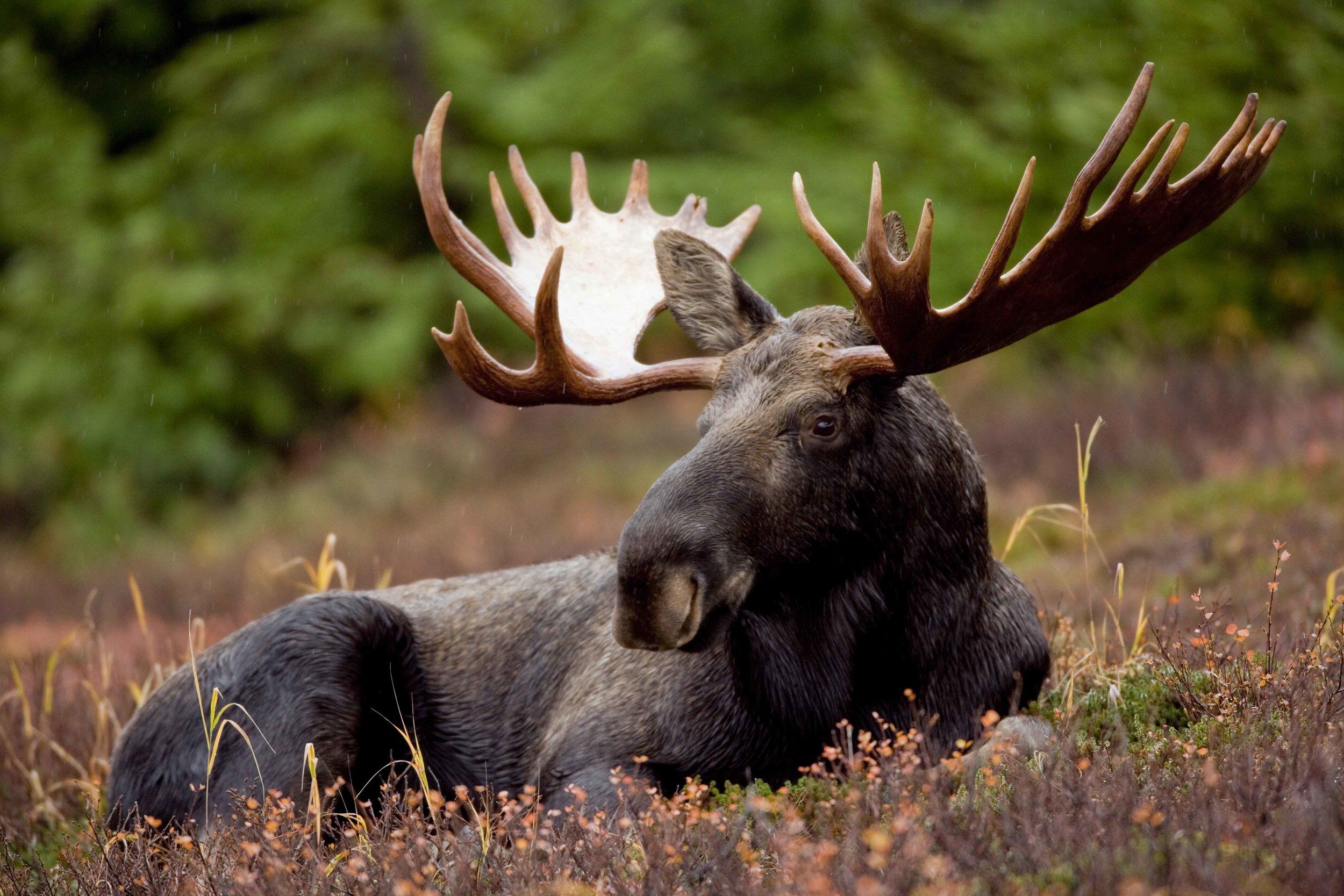
All About That Moose: Size and Species Type
In Alaska and the northern regions, you'll target the Alaska-Yukon moose, the largest subspecies. These animals can weigh up to 1,600 pounds and are prized for their impressive size, antlers, and adaptability to the native environment.
They are strong swimmers and capable of surviving in a range of environments.
In contrast, the eastern moose inhabiting Eastern Canada, New England, and northern New York State is slightly smaller and weighs about 1,200 pounds.
An interesting feature shared by both moose subspecies is a "bell" known as a dewlap that hangs from its neck. This bell is used as a marker of dominance during the breeding season.
Terrain and Habitat
The Alaska moose ranges from Alaska to the western Yukon, mainly within the boreal forests, mixed deciduous forests, river valleys, and tundra.
The remoteness and challenging terrain make for a difficult hunt that often requires knowledge of backcountry navigation and specialist safety considerations such as bear safety. Although they are not known to inhabit elevated areas, they can be found at up to 5,000 feet.
An eastern hunt will take you to the boreal forests and wetlands of eastern Canada and the northeastern U.S., making it a somewhat more accessible and more approachable hunt regarding logistics and land management.
Hunting Seasons and Regulations
To hunt moose in Alaska, residents and non-residents must have a hunting license, a harvest ticket, and a moose tag. These seasons are highly regulated with shorter windows due to the healthy moose population and specific seasons allocated based on firearm type and the varying dates established by the overriding management unit.
Permits are distributed based on regions and are often limited in their availability. Lottery systems are usually imposed for a selection in a high-density or popular location.
An eastern moose hunt will be less strict, with the state body establishing hunting seasons, bag limits, hunting methods, and licensing requirements. While there may be earlier access to licenses, some states, such as Vermont, New Hampshire, and Maine, similarly impose a lottery-style system to allocate permits.
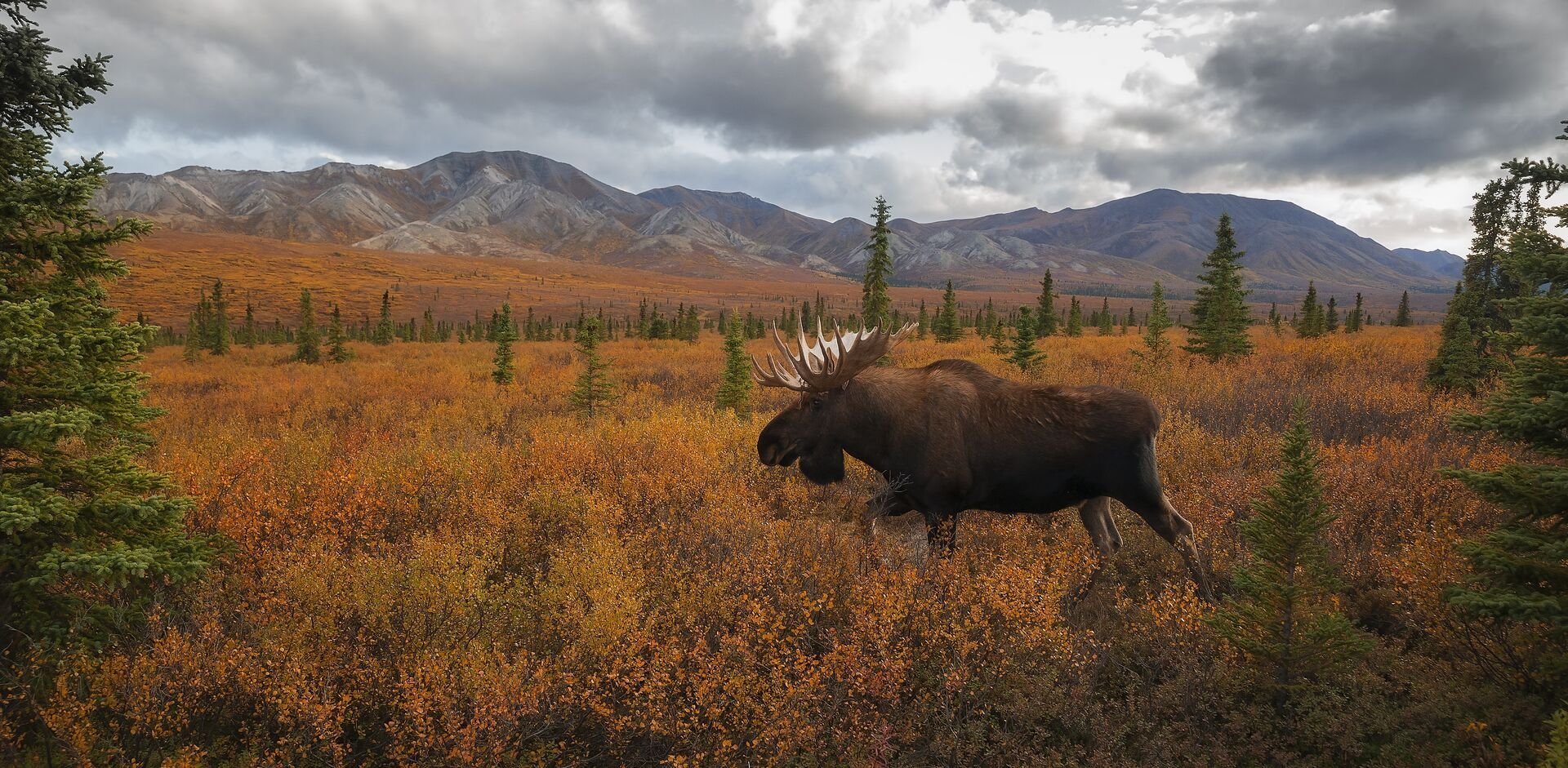
Climate Challenges
Alaska's pure wilderness brings diverse, intense climatic conditions and rapidly changing weather patterns. The unpredictability in weather patterning and the potential for early snowfall, cold temperatures, and long days means this hunt would be well suited to a hunter experienced in these zones.
Devices such as GPS units, maps, and compasses are essential. Additionally, strategies such as layered clothing, physical conditioning, and experience traversing a range of terrain, including snow, ice, and river crossings, are all important components of not only success but safety on your hunt.
Don't get us wrong; an eastern moose hunt will still be cold, with snow, rain, and cold fronts on the cards. However, Alaska is indisputably more challenging and extreme when talking about degrees of severity.
During an eastern hunt, you should still prepare for chilly mornings, potentially wet conditions, and the chance of sudden weather changes, as well as fog and challenging terrain, especially in the northern regions.
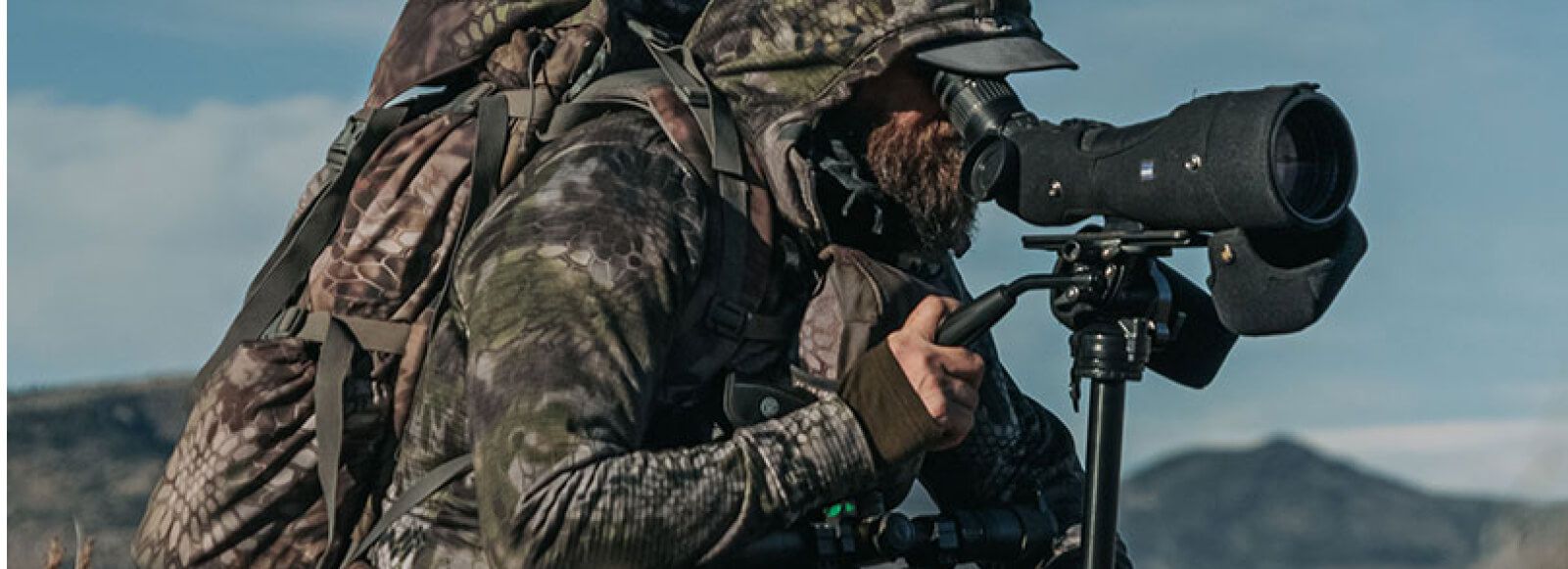
Moose Hunting Methods for Success
Due to the last expanse of environment and terrain to cover, spotting from a strong vantage point with a comprehensive view from natural cover will most likely be your best starting point.
You will want to invest in a quality scope that can handle the harsh conditions. When making your approach, stay stealthy — or you will not get close enough — and always work with the wind. The WindCast feature in the HuntWise app can help you plan around the wind.
Another popular strategy is slowly drifting down rivers in a boat to identify points such as entry to the water, ponds, or possible grazing locations from the water.
The forested environments of an eastern hunt may call for strategies such as still hunting. Additionally, calling is more common using mapping tools (like HuntWise) and local insights to locate bedding, feeding, and watering areas and locations for tree stands or ground blinds.
Logistics, Preparation, and Experience
After reading this far, you may be excited about a moose hunt — but you'll need to devote some time to planning.
An Alaskan moose hunt often culminates years of preparation, planning, and waiting for that lottery to swing in your favor. Due to its remote nature, this hunt will require extensive logistical preparation, including bush planes, boats, charters, or organizing through an accredited guide experienced in these zones.
Additionally, experience in first aid, wilderness survival, and navigation is not just beneficial; it's necessary. Alaskan moose hunting is often considered a hunt for more experienced hunters due to the challenging environment and the need for advanced skills.
Consider an Eastern Hunt
An eastern hunt is more suited to a DIY style with more straightforward access points, especially in states such as Maine, New Hampshire, and Vermont. The logistical considerations are less overwhelming, and although the climate can be demanding, there is more opportunity to reach shelter and safety within urbanized towns if things go wrong.
This is generally considered a more approachable moose hunt suitable for all skill levels, with mentoring opportunities and local support.
As you might have guessed, the costs of an Alaskan hunt quickly tally up when you consider the necessary gear, travel, specialist transportation, guide costs, and the cost of the permit and licensing.
An Alaskan moose hunt is not something that you would do every year. Consider it a once-in-a-lifetime hunt and plan accordingly. If costs are a consideration, an eastern hunt is much more affordable, with public and private land opportunities and more areas to budget.
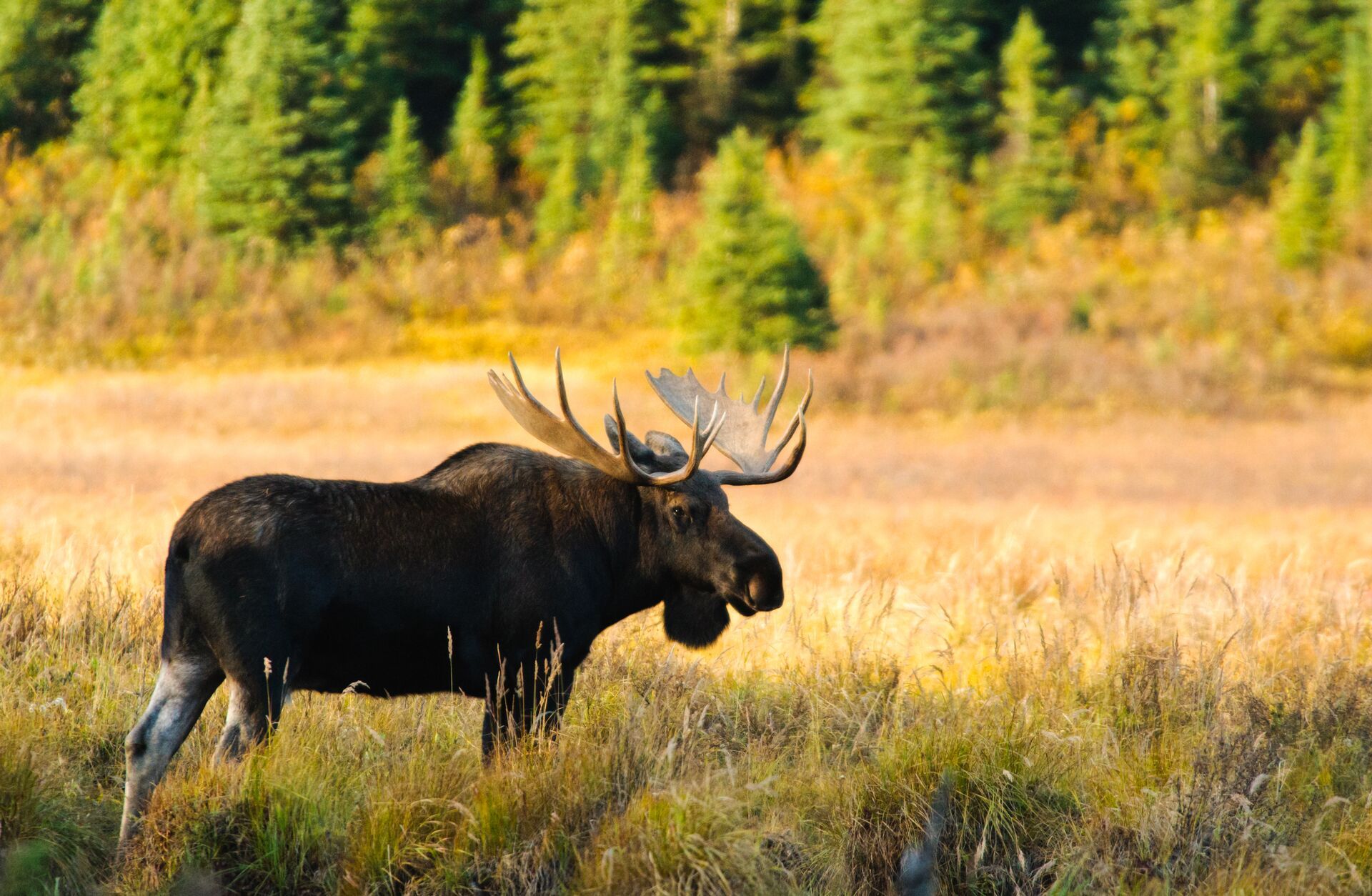
Any Moose Has Trophy Potential
While both moose hunts will reward a successful hunter with a stunning trophy, the Alaskan-Yukon moose has the edge due to its comparable size and the challenges associated with taking one of these creatures.
This is not to discourage an eastern hunt, as this is no small feat in itself. Any moose you can bring down is trophy material in our book!
Boost Your Moose Hunting Success With HuntWise
Whether you're headed to the remote zones of Alaska or the dense forests of the eastern moose areas, you're in for one of the most challenging, rewarding, and exhilarating hunts you can undertake.
To help you prep, grab the HuntWise app for everything from the necessary gear to mapping overlays, rutting data and insights, patterning, and more.
These opportunities don't come around often. So, if you're lucky enough to secure a tag, we want you to have the best possible chance of a successful hunt. Use HuntWise mapping layers (including LiDAR) to digitally scout the best potential areas for moose hunting before you arrive. Then, work with your guides to scout those areas once on site.
You can also use HuntCast and WindCast to plan the best day and time for your hunt. The HuntWise hunting app helps you optimize your time in the field and improve your chances of returning home with that trophy.
Whether planning a moose hunt or getting ready for deer season (or any other season), HuntWise is your best tool before and during your hunt! Download it and try it free for a week.
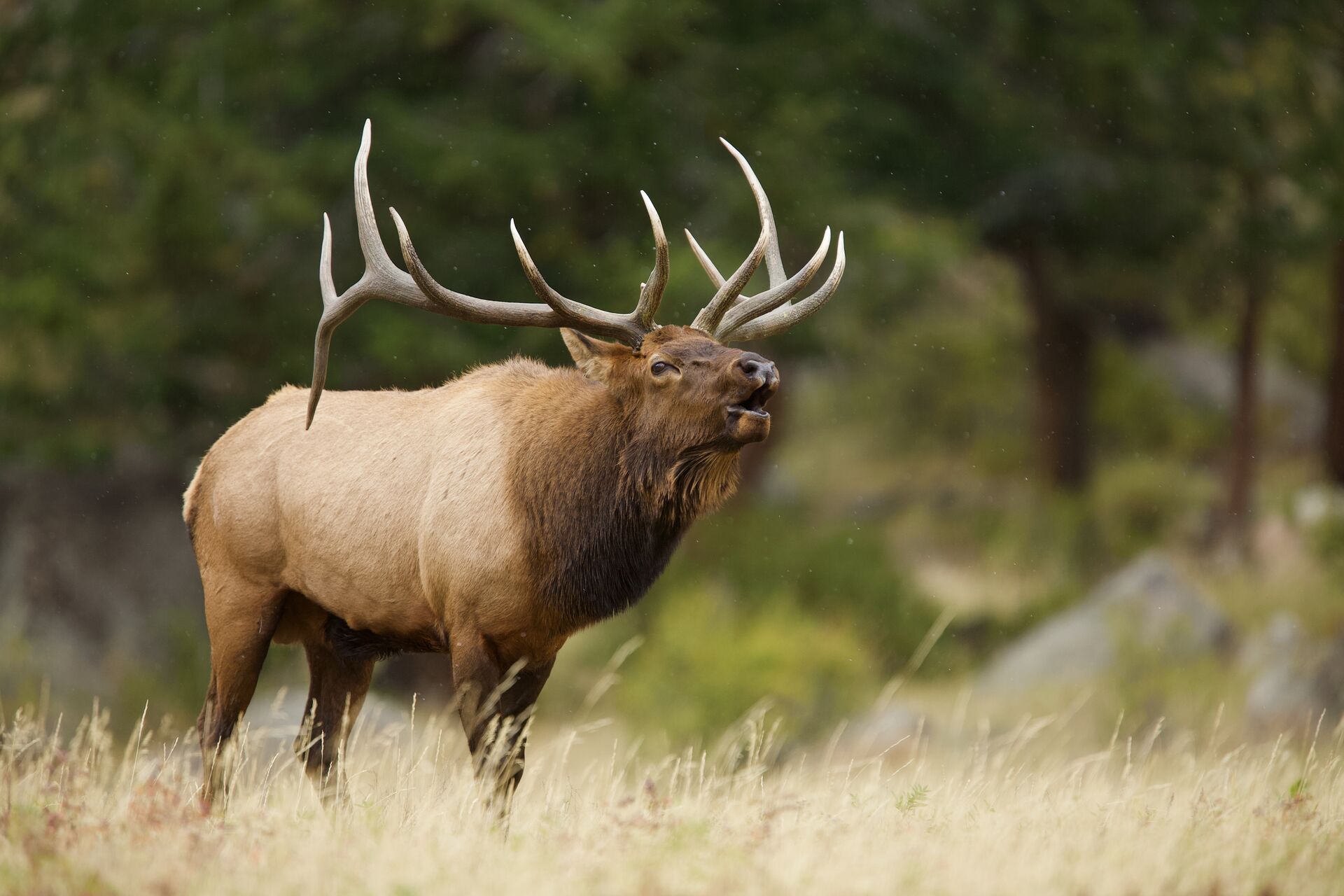

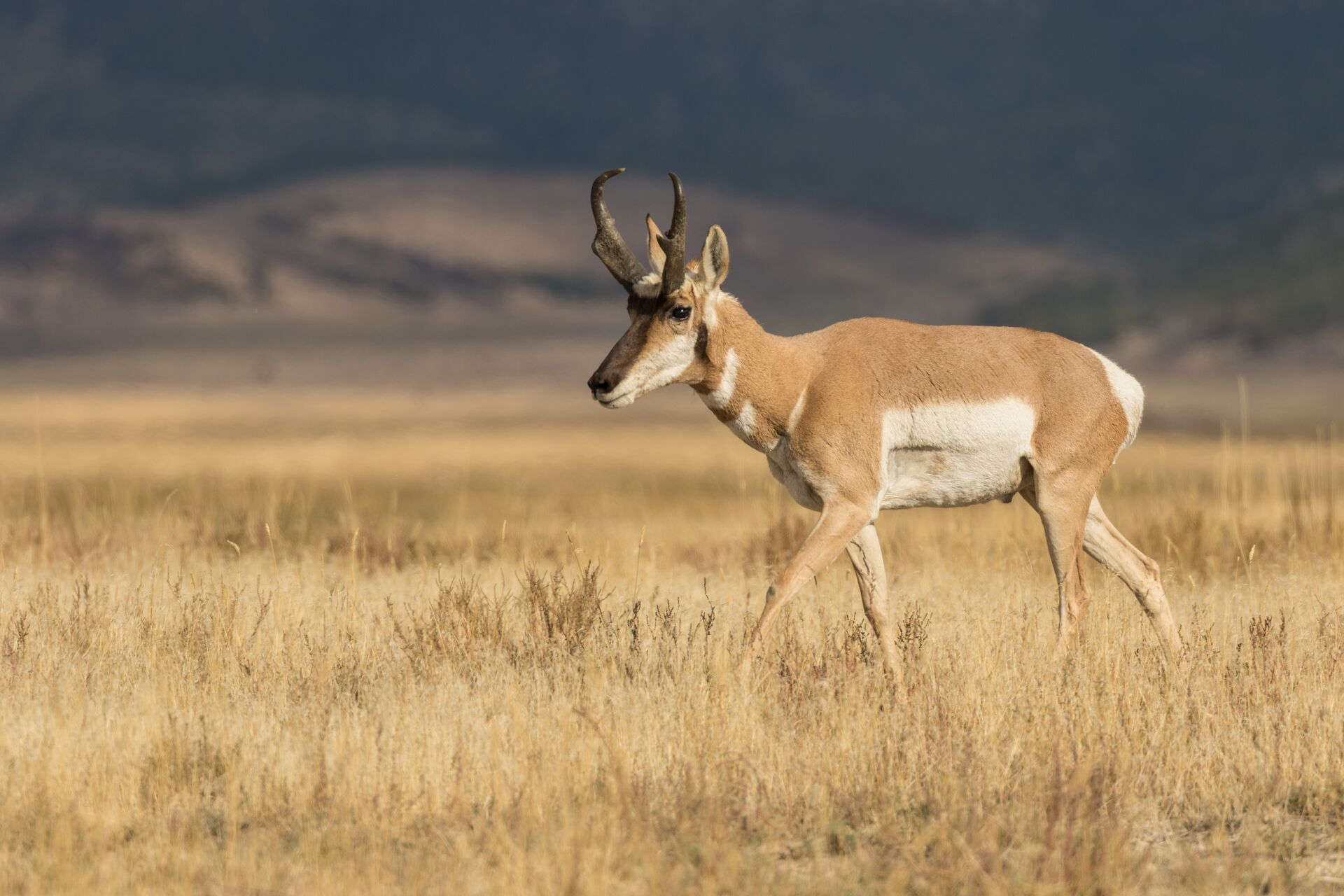
 Big Game
Big Game Big Game
Big Game Big Game
Big Game